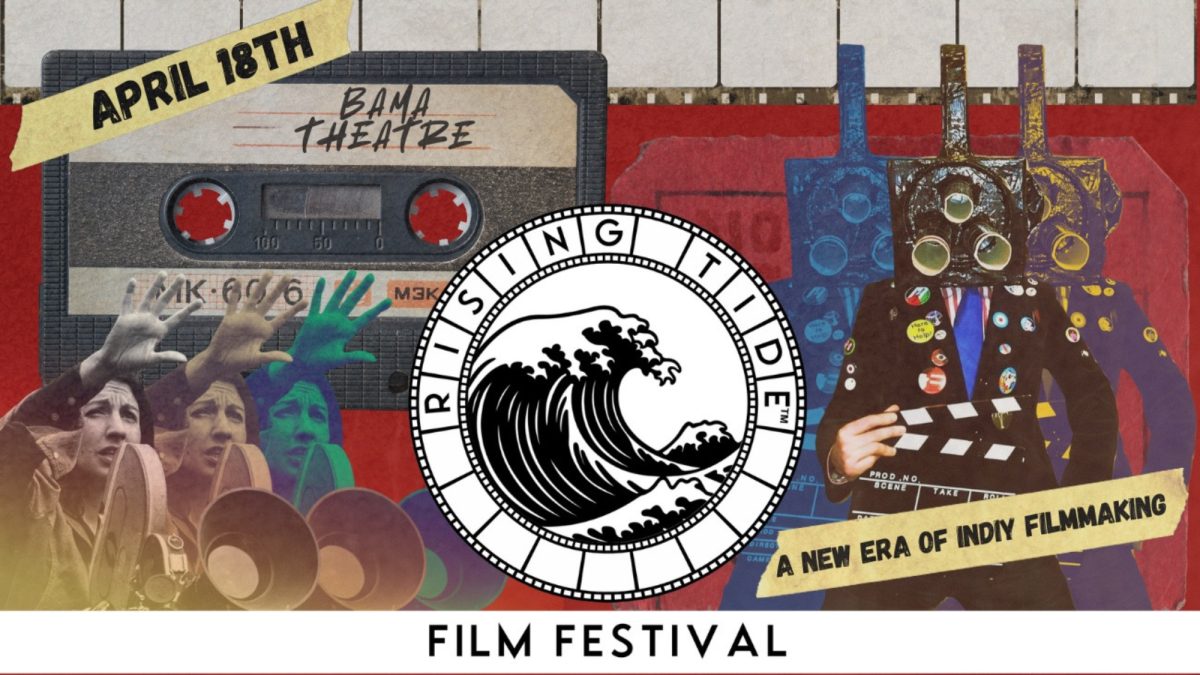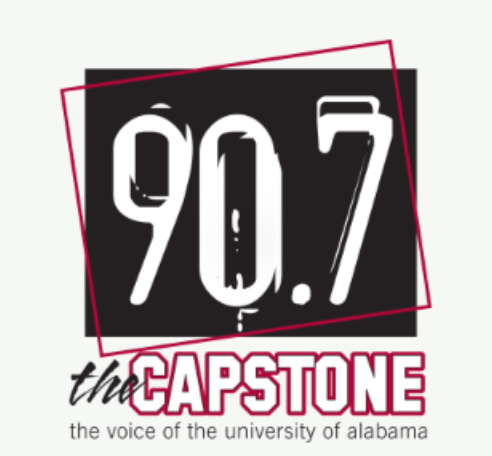Music is slowly evolving over time, from records to 8-tracks, from tapes to CDs. Now, however, streaming music is becoming more and more popular, with sites like Pandora and iHeart Radio and software like Spotify available at your fingertips.
Spotify is a European software that was developed in 2007 and launched in the U.S. in 2011. It’s a streaming software, downloaded to the listener’s computer, where people can have unlimited availability to millions of songs, completely free. There are paid versions, such as Spotify Premium for $9.99 a month, and with premium, the listener can download the Spotify app for iOS and Android for free and have offline access to his or her music.
Unfortunately for Apple’s iTunes, where the average music album starts at $9.99 before tax, using Spotify, even the premium version, is a lot cheaper and gives the listener more access.
According to StatSpotting.com, since its launch Spotify has gained 20 million users in 17 different countries, with 9 million being paid subscribers, myself included. Even though iTunes is still the biggest name in digital music, with more than 200 million accounts created, according to TechCrunch.com, Spotify is catching up to them and slowly taking over.
Beyond the statistics, there are less documented reasons as to why Spotify, in my opinon, is better than iTunes. As a member of Spotify Premium, I haven’t bought an album on iTunes since I signed up for Spotify in 2012. Frankly, it’s a better value than iTunes. Why would someone pay $9.99 before tax for a single album when they could pay $9.99 with NO tax for unlimited access to millions of songs?
Additionally, Spotify is a better value to college students in the long run. Students can still listen to their music on their phones and iPods (because Spotify has an iOS download, including one for older iOS versions as well as for iOS 5) and not have to pay for individual songs or albums.
Spotify also has the option to create playlists of songs that can be downloaded for offline listening. If your phone runs on data plans, then you wouldn’t have to download the playlists, and just listen to them using data.
One annoying feature of iTunes is that occasionally a little message will pop up saying that you need to verify your credit or debit card. That annoyed me to no end, especially when it didn’t work, and I had to use my debit card on every transaction. Spotify Premium deducts the amount I have chosen a month as an automatic deduction, so it shows up on my bank statement on a certain day every month. Hassle-free payments are a blessing.
What if you don’t think Spotify Premium is for you? Well, Spotify has a 30-day free trial, where, like with most, you’d only put in your card number for verification. They will not charge your account at all that month, and if you do not like it, you can cancel the trial at any time before the end date, and there’s no charge. If you choose to keep your subscription (which can be cancelled at any time), then the first monthly payment will be debited out of your bank account.
Overall, Spotify is a great option for music streaming, in my opinion. Not only is it a relatively cheaper option, but it has just as much music as iTunes does without paying every single time you want to have a song on your iPod.
Leading in today’s Crimson White:
Many graduates look abroad for experience
City planning class accepting applications for fall
Pulitizer-Prize winner Rick Bragg to speak at fundraising event








